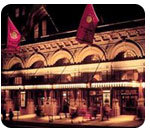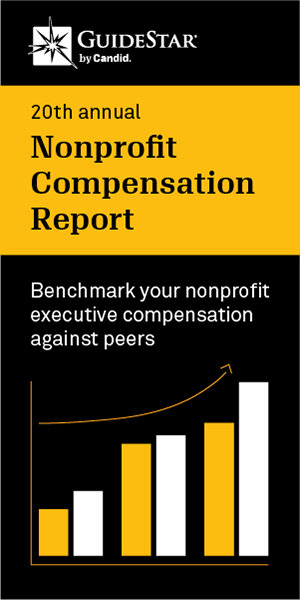Carnegie Hall

Mission:
To present extraordinary music and musicians on the three stages of this legendary hall; to bring the transformative power of music to the widest possible audience; to provide visionary education programs; and to foster the future of music through the cultivation of new works, artists, and audiences.
Background:
Since its opening in 1891, Carnegie Hall has showcased the world's greatest soloists, conductors, and ensembles. Named for steel magnate and philanthropist Andrew Carnegie, it contains three halls: the premier performance space, 2804-seat Isaac Stern Auditorium, named for the virtuoso violinist who was its president for more than thirty years and saved it from the wrecking ball in 1960, with the help of Jacqueline Onassis and others; the elegant, 268-seat Weill Recital Hall, a venue for chamber music concerts, recitals, symposia, discussions, and master classes — named for Carnegie Hall board chair Sanford I. Weill and his wife; and 599-seat Zankel Hall, which opened in 2003 and is the site of numerous performing and educational events — named for board vice chairman Arthur Zankel and his wife. In addition, Carnegie Hall houses the Rose Museum, which chronicles its history in a free, permanent exhibit. Each year, more than 33,000 students and teachers participate in educational programs at the institution, which also sponsors free concerts from September through June throughout New York City's five boroughs — a tradition for more than twenty-five years.
Outstanding Web Features:
Carnegie Hall's Web site covers all the bases: For seasoned music lovers already familiar with the concert hall, it provides a calendar of events, 2006-07 season listings, and seating charts. For fans of history and architecture, the site contains a virtual tour of the building, with a special tour devoted to the main hall; a history of its first hundred years; and an interactive timeline featuring the artists and other notables who have appeared here. For fledgling concert goers, the site offers a glossary of musical terms; interactive Listening Adventures with animated features, including a young person's guide to the orchestra by Benjamin Britten and Dvorak's Symphony No. 9, with notes by the composer; along with information about educational programs for K-12 students and resources for teachers.




